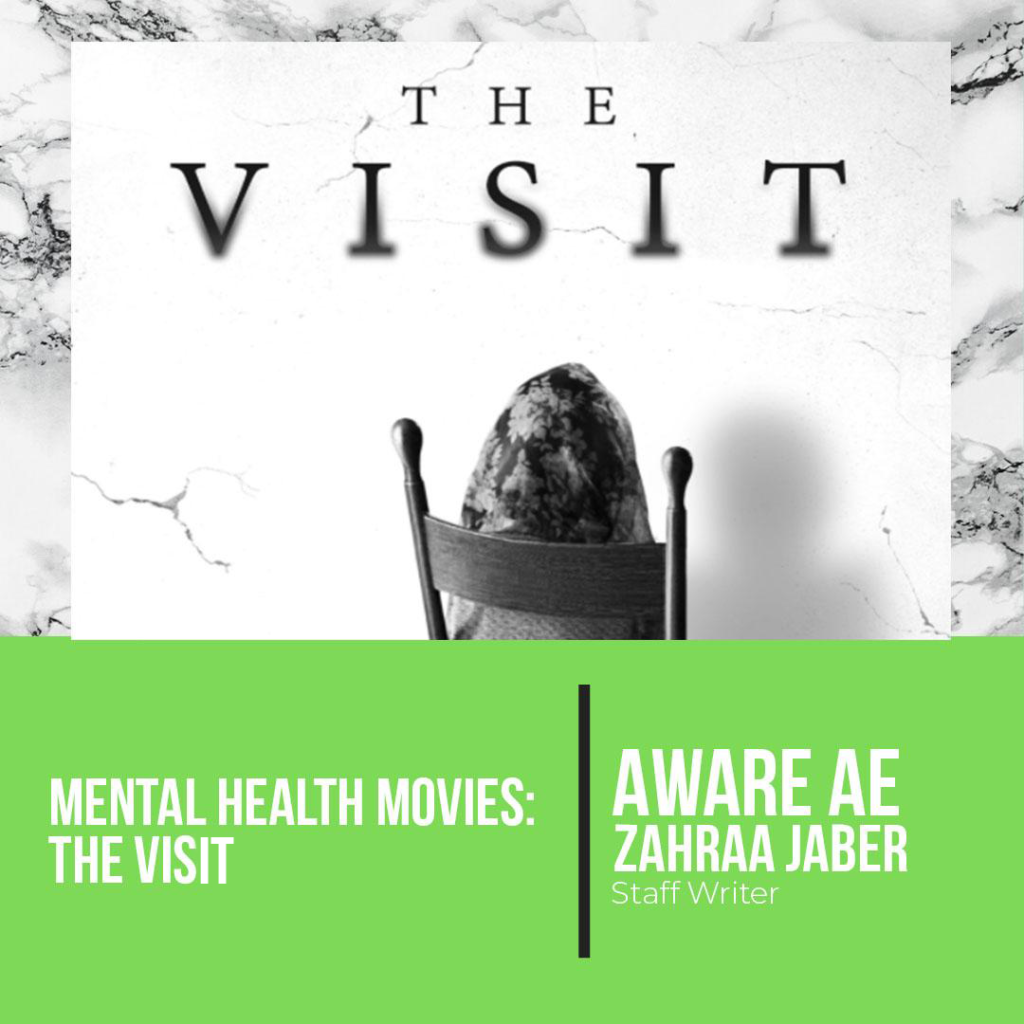Disclaimer: this article may contain spoilers!
In the movie “The Visit”, mental illness is only used as a trope to fright a teen audience without displaying any hint of accuracy. The filmmakers did not take into account the cognitive impairments that come with severe psychiatric illnesses.
The Plot
In the film, you watch as two teenagers spend a week with their estranged grandparents whom they had never met before. Now, the grandparents – who work at a psychiatric hospital – want to get to know their grandchildren. The teens arrive at their grandparent’s rural home and start to notice their strange behavior. First, the grandmother is seen pacing around the house late at night vomiting. Later on, she is running then crawling around the house while giggling and growling. The grandfather explains her strange behavior by saying the grandmother has Sundowners, a side effect of advanced Alzheimer’s where the darkness of the evening causes hallucinations and strange behavior. But, as time wears on, the grandfather starts to behave strangely as well. He attacks a man who he thinks is watching him. He is caught a few seconds away from committing suicide and admits to seeing a white apparition with yellow eyes follow him around. The grandmother’s behavior also becomes more intense as she almost strangles herself when she is caught having a hallucination, coaxes the granddaughter into the oven, and attempts to kill the children in their sleep when she discovers their video camera is recording her. Long story short, the children soon learn that those elderly people are not their grandparents, but rather are escaped patients from the psychiatric hospital who killed the real grandparents and assumed their identities.
The Inaccuracy of Depicting Mental Illness & Its Stigma
Not only does the movie show most of the details wrong about schizophrenia (the mental illness the two escaped patients are hinted at having), but it also pushed a fear of the “mentally ill” onto another generation. All the teenagers watching will think that those with schizophrenia will have murderous tendencies. If the filmmakers bothered to learn about mental illness before making this film, they would know that schizophrenia does not make you inherently dangerous and that odd behavior, hallucinations, and paranoia are not the most challenging symptoms of the disorder. The most debilitating part of schizophrenia is how it changes cognition. It can make it hard to concentrate for more than a few moments or remember things even if they just happened. Someone who is experiencing delusions and hallucinations at the level these two people in the movie are would not be able to organize their thoughts well enough to follow through with their murderous scheme then keep it up for almost a whole week. This movie adds onto the misconceptions of schizophrenia.
A few decades ago, it was new and exciting to have a horror movie killer be “psychotic” or “criminally insane”, but now it is just a used-up offensive cop out where real writing could have taken place. Instead of noticing how offensive this film might be to people with mental illness or have loved ones with mental illness, the director and writers were too focused on producing a scary movie with wrong depictions of mental illness.
